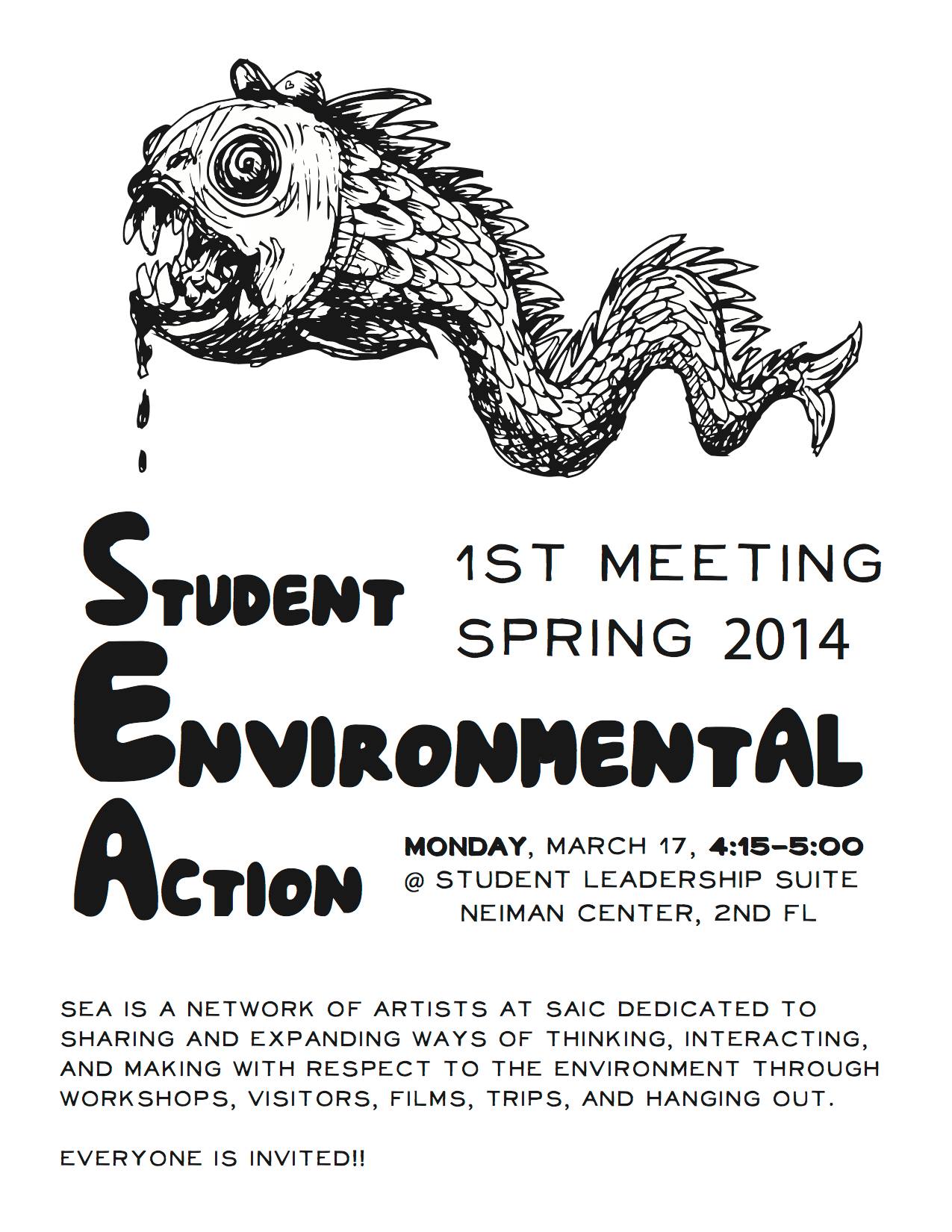To the Editor, F Newsmagazine:
In the February 2013 issue, F Newsmagazine published “Against Racial Fetishism: Black Student Group Criticizes Climate of Insensitivity at SAIC,” a letter to the editor written by members of the student group, Black at SAIC (BaSAIC). This letter was prompted by the December 2012 F Newsmagazine article, “The Most Embarrassing Thing I Could Do.” In this article, SAIC undergraduate student Jason Guo talks about the controversial, racially and sexually charged photograph that he had entered into the “New Work” exhibition in the Sullivan Galleries.
In their letter to the editor, Members of BaSAIC raise critical questions about the politics of representing historically marginalized groups; in particular, about the potential re-objectification of the black body through hyper-sexualized, yet docile depictions of black masculinity. While these are important and difficult issues to think about in relation to the photograph under discussion, BaSAIC’s aim is not to single out and critique the work of one artist.
What we appreciate most about this letter is the challenge BaSAIC raises for the wider SAIC community to consider the kind of culture we would like to cultivate within our own institution.
SAIC has a long history of championing the rights of the artist to experiment, and to exercise the freedom to make difficult and challenging work. In the early 1990s, for example, SAIC student David Nelson’s “Mirth and Girth” painting—in which the late Harold Washington is portrayed wearing women’s undergarments — generated considerable controversy amongst Chicago’s grass-roots political and African American communities, and within the school itself. While many people argued for Nelson’s right to make and display his painting, others pushed for the work to be taken down. The ensuing debates were deeply polarized between artistic freedom vs. censorship. With this history in mind, we wonder what it would look like for SAIC to move beyond either defending or promoting “provocative” art works, and on to generating more open, complex conversation about the issues at stake.
We understand that it is dangerous territory attempting to police “who can do what work and where.” What we are calling for is not policing, but rather open dialogue and a renewed attention to curriculum and pedagogy at SAIC. The institution is in an urgent moment in terms of the steps being taken to develop a research culture at SAIC, with stronger ties to the City of Chicago. BaSAIC’s letter to Fnewsmagazine has motivated our own questions: How are we as SAIC faculty preparing students to grapple with the politics of representing historically and cultural marginalized individuals and groups? How can SAIC’s curriculum support the development of a critical research culture, one that is attuned to the responsibilities and ethical dilemmas of community-based art and design practice? How can we respect diversity in the process of developing research partnerships, especially in neighborhoods and contexts where the very concept of “research” is suspect?
This is an invaluable conversation for the entire SAIC community to take up over an extended period of time. We hope that public forums—such as the Visiting Artists Program (VAP) and the Here + Now Dean’s Lecture Series—will become places to openly discuss and debate, and ultimately deepen all of our understanding of the issues of artistic and institutional responsibility raised by BaSAIC. Ideally, these conversations about “meaning and making” will lead to action steps, including the development of new curricular forms and institutional structures that reflect SAIC’s commitment to diversity, critical thinking and rigorous, socially engaged forms of investigation.
Yours Sincerely,
Andres Hernandez, Assistant Professor,
Art Education
Drea Howenstein, Associate Professor,
Art Education
Nicole Marroquin, Assistant Professor,
Art Education
John Ploof, Professor,
Art Education
Karyn Sandlos, Assistant Professor,
Art Education






